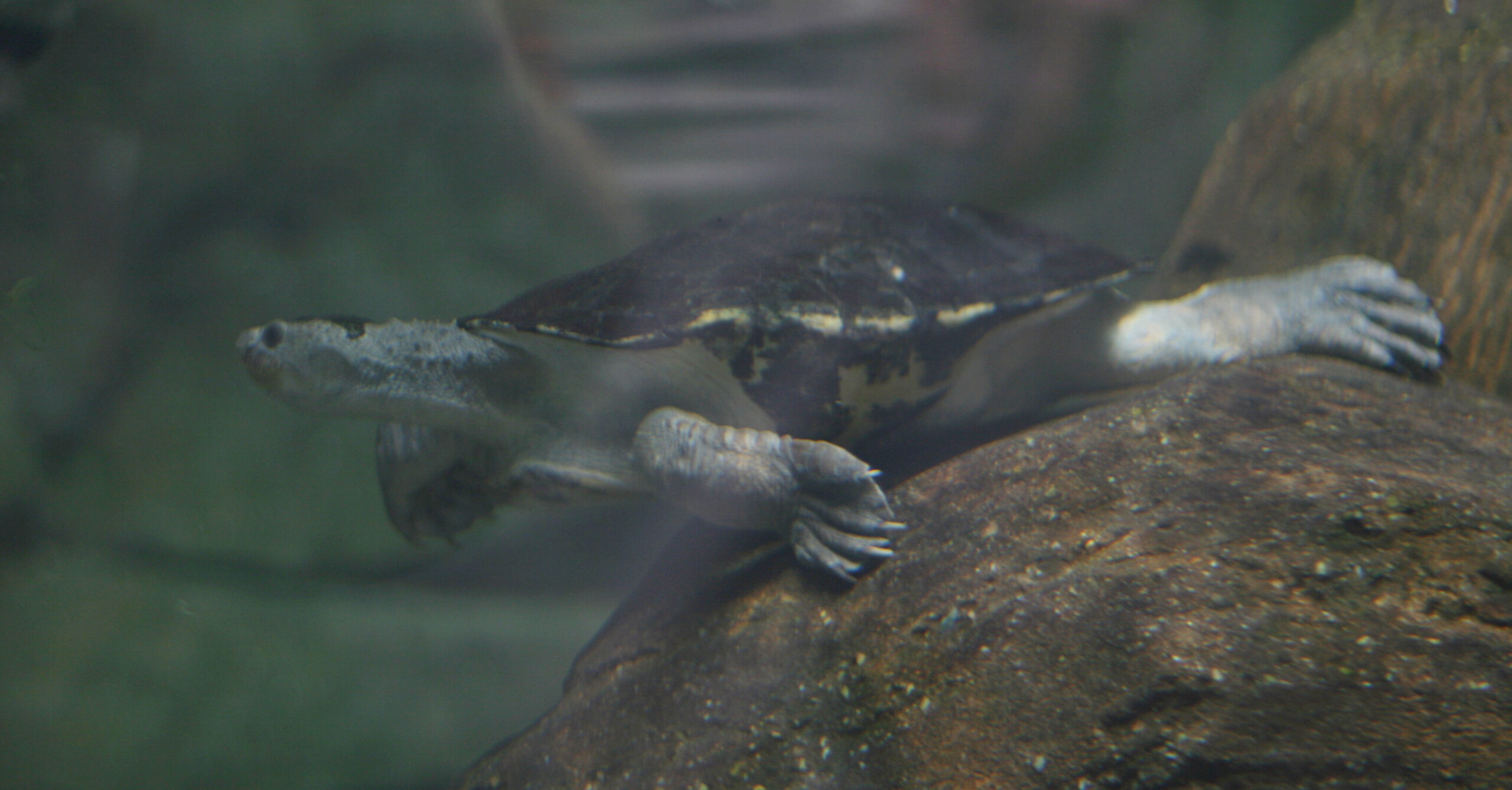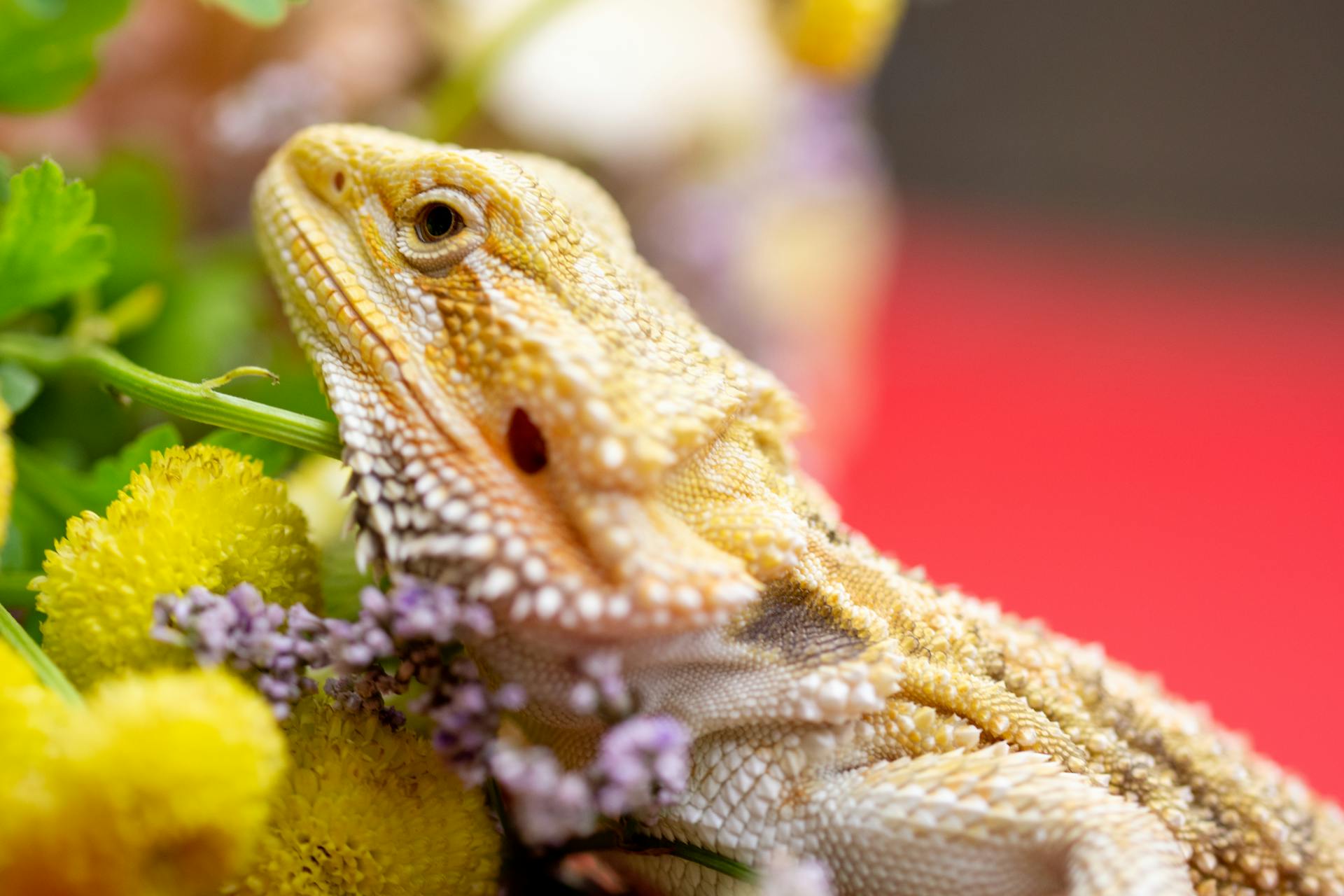In the fascinating world of reptiles, turtles stand out for their remarkable adaptations that have helped them survive for over 200 million years. While their protective shells might be their most recognizable feature, some turtle species possess an even more extraordinary capability: the ability to breathe through their rear ends. This unusual respiratory method, known scientifically as cloacal respiration, allows certain turtle species to extract oxygen from water without using their lungs. This remarkable adaptation enables these turtles to remain submerged for extended periods, particularly during hibernation in cold winter months, and represents one of nature’s most ingenious survival mechanisms.
The Basics of Cloacal Respiration
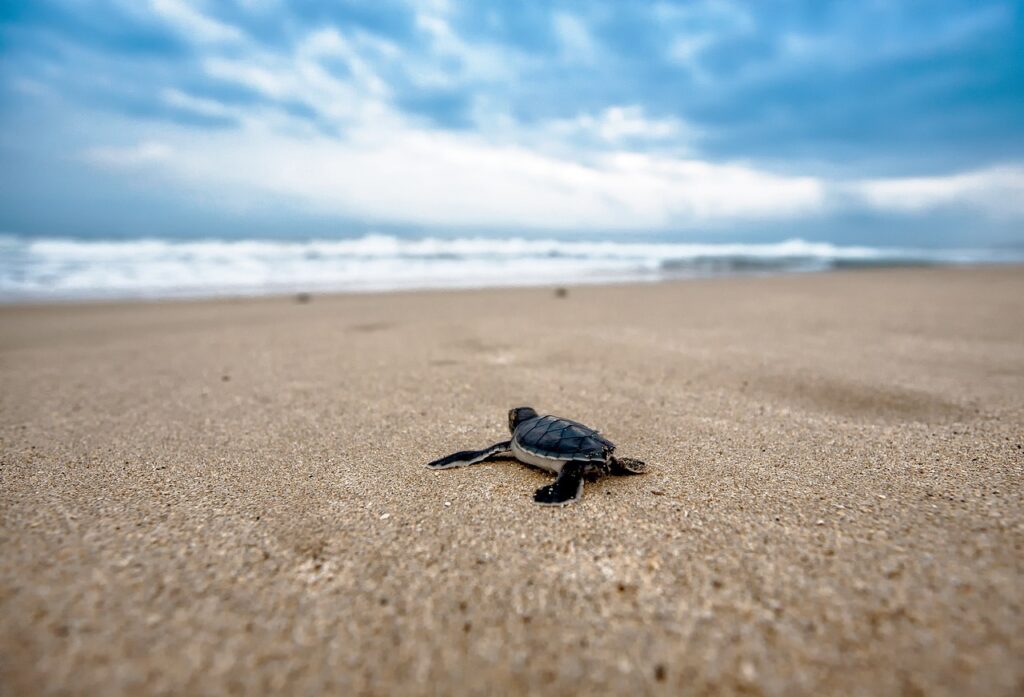
Cloacal respiration is a specialized form of breathing that allows certain turtles to absorb oxygen directly from water through highly vascularized tissues in their cloaca—the posterior opening that serves as the exit point for their digestive, reproductive, and urinary systems. Unlike typical lung breathing, this method involves extracting dissolved oxygen from water as it flows into and out of the cloaca. The process works because the lining of the cloaca contains numerous blood vessels near the surface, creating an effective respiratory surface similar to gills. This adaptation is particularly valuable during winter months when turtles hibernate underwater and need to maintain minimal oxygen levels without surfacing for air. The efficiency of this system varies between species, with some able to obtain nearly all their oxygen needs through cloacal respiration.
Species That Possess This Ability
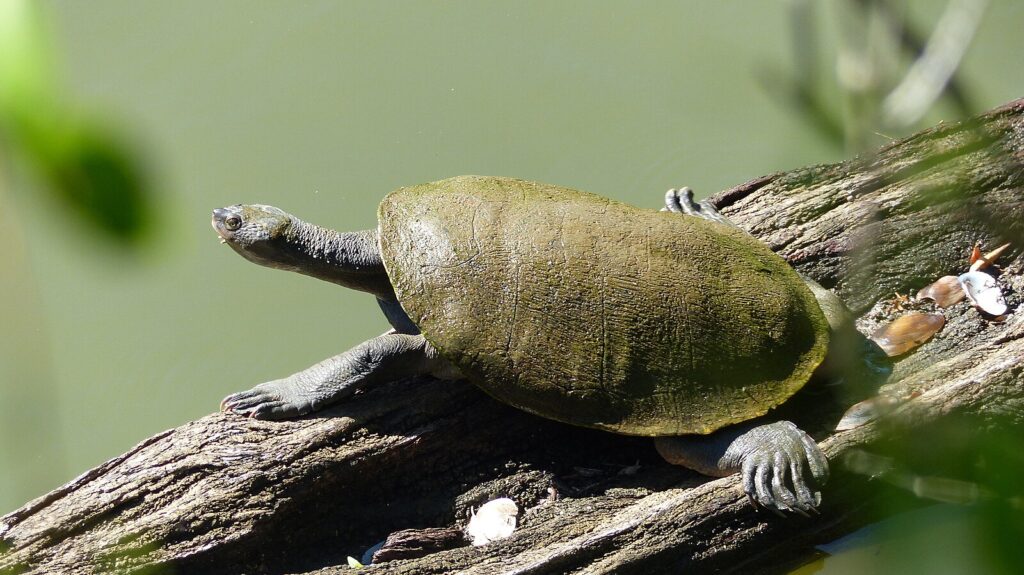
While not all turtles can breathe through their posterior, several species have evolved this remarkable adaptation. The most notable practitioners are found in the Fitzroy River turtle (Rheodytes leukops) and the white-throated snapping turtle (Elseya albagula) from Australia, which can obtain up to 70% of their oxygen requirements via cloacal respiration. The North American eastern painted turtle (Chrysemys picta) and various mud and musk turtle species also possess this ability to varying degrees. Other proficient butt-breathers include the Australian Mary River turtle (Elusor macrurus), which can stay underwater for days using this method. Interestingly, this trait is more common in freshwater turtles than in sea turtles or tortoises, reflecting their specific environmental adaptations. The distribution of these species across different continents suggests that cloacal respiration evolved independently multiple times.
The Evolutionary Advantage
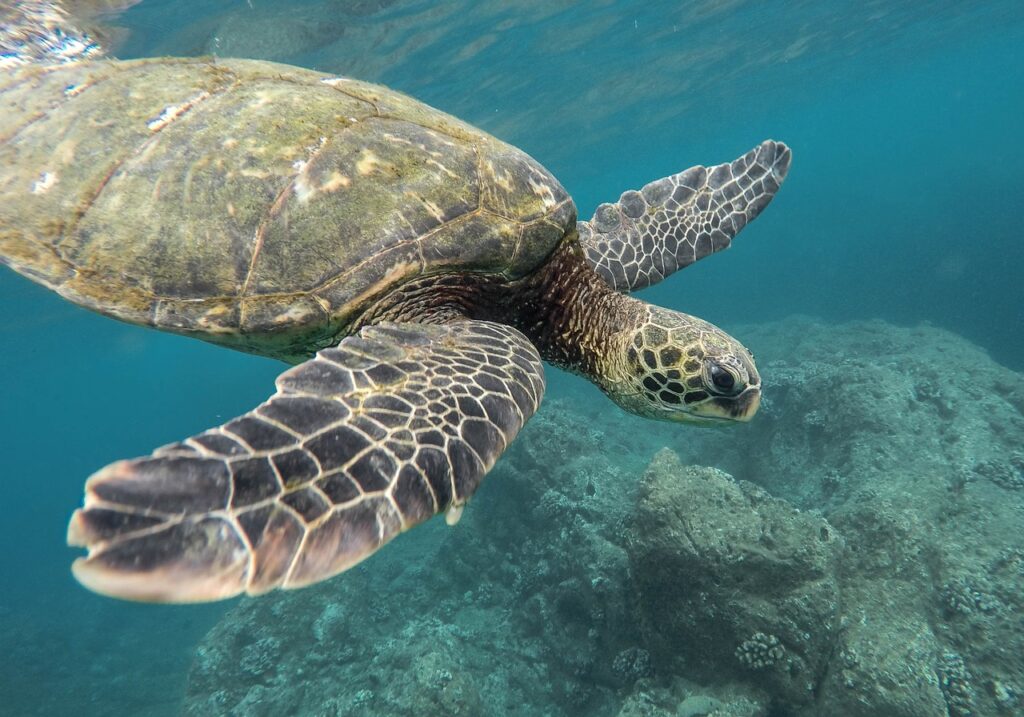
The evolution of cloacal respiration represents a remarkable solution to the challenge of underwater survival. This adaptation likely developed as certain turtle species began spending more time in aquatic environments where predation risks were lower and food sources more abundant. By developing the ability to extract oxygen from water, these turtles gained a significant competitive advantage: they could remain submerged for extended periods without surfacing for air, reducing exposure to predators and harsh weather conditions. Over millions of years, natural selection favored turtles with more efficient cloacal respiration systems. This evolutionary path has been particularly beneficial for species inhabiting cold freshwater environments where winter temperatures necessitate long periods of underwater hibernation. The diversity of turtle species exhibiting this trait demonstrates how similar environmental pressures can drive parallel evolutionary adaptations.
The Science Behind Butt-Breathing
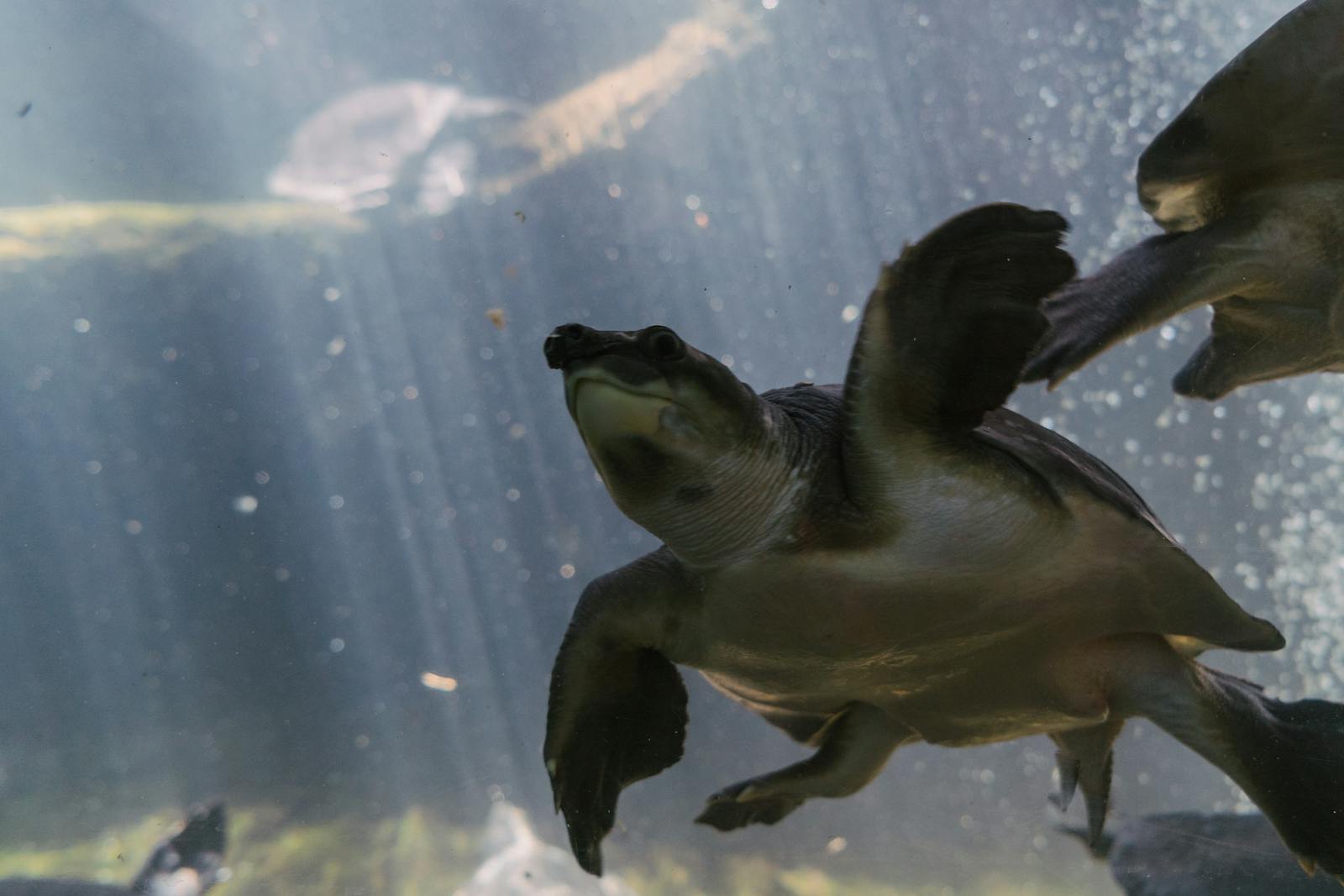
The physiological mechanisms enabling cloacal respiration are truly remarkable examples of biological adaptation. The cloaca in these specialized turtle species contains an extensive network of blood vessels positioned just beneath thin epithelial tissue, creating an ideal surface for gas exchange. When a turtle pulls water into its cloaca, oxygen molecules dissolved in the water diffuse across this membrane into the bloodstream while carbon dioxide moves in the opposite direction. This process relies on countercurrent exchange—where blood flows in the opposite direction to the water—maximizing oxygen extraction efficiency. Some species have developed specialized papillae (finger-like projections) within their cloaca that increase the surface area available for gas exchange, similar to how folded tissues in lungs enhance respiratory efficiency. The turtle’s ability to rhythmically draw water in and expel it creates a continuous flow that optimizes oxygen absorption throughout extended submersion periods.
The Record-Breaking Mary River Turtle

Among the various cloacal-breathing turtle species, the Mary River turtle (Elusor macrurus) of Queensland, Australia stands out as particularly exceptional. This remarkable reptile can remain underwater for up to three days by obtaining oxygen through its specialized cloaca. The Mary River turtle has developed such an efficient respiratory system that it rarely needs to surface, giving it a significant advantage in avoiding predators. Adding to its unusual characteristics, this species sports algae growth on its body during long submersion periods, earning it the nickname “punk turtle” due to the mohawk-like appearance of the algae. Beyond its respiratory capabilities, the Mary River turtle can grow to impressive sizes, with shells reaching up to 40 centimeters in length. Unfortunately, this evolutionary marvel now faces extinction due to habitat destruction and the illegal pet trade, highlighting the fragility of even the most remarkably adapted species.
Winter Hibernation and Oxygen Requirements
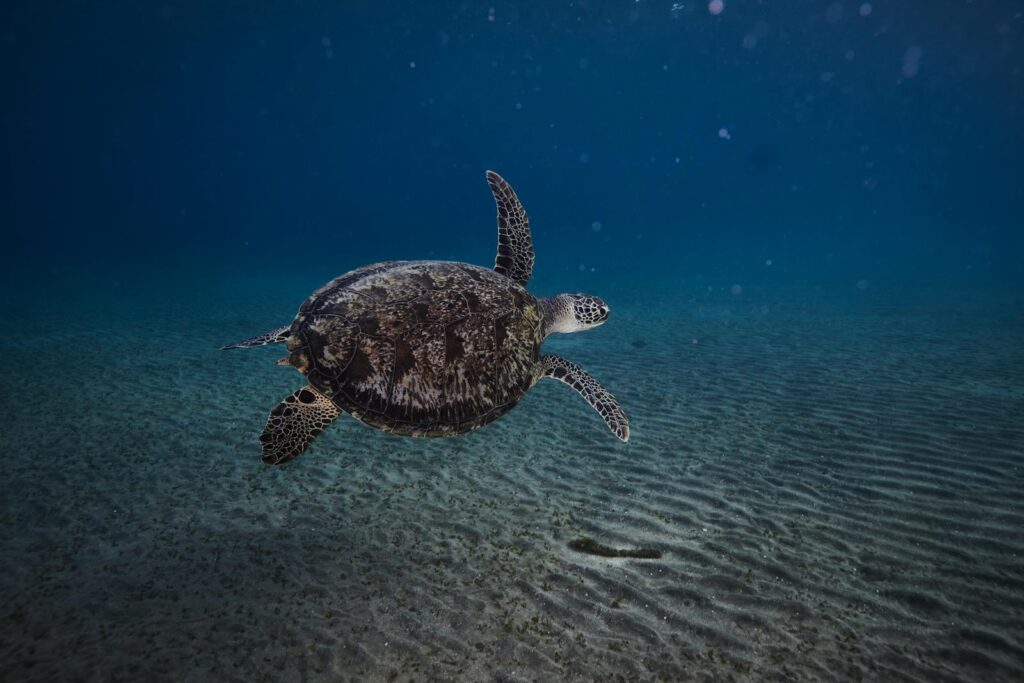
Cloacal respiration becomes particularly crucial during brumation, the reptilian equivalent of hibernation that many freshwater turtles undergo during winter months. As water temperatures drop, these turtles enter a state of drastically reduced metabolic activity, which significantly lowers their oxygen requirements. During this period, they may remain completely submerged for months at a time, relying almost exclusively on cloacal respiration to meet their minimal oxygen needs. The cooler water temperatures actually assist this process, as cold water holds more dissolved oxygen than warm water. Some species, like the painted turtle, can survive in water as cold as 2-3°C (35-37°F) for several months, extracting just enough oxygen through their cloaca to sustain basic cellular functions. This remarkable adaptation allows these turtles to survive in frozen ponds and lakes where other reptiles would perish, provided the water beneath the ice remains liquid and oxygenated.
The Anatomy of Cloacal Chambers
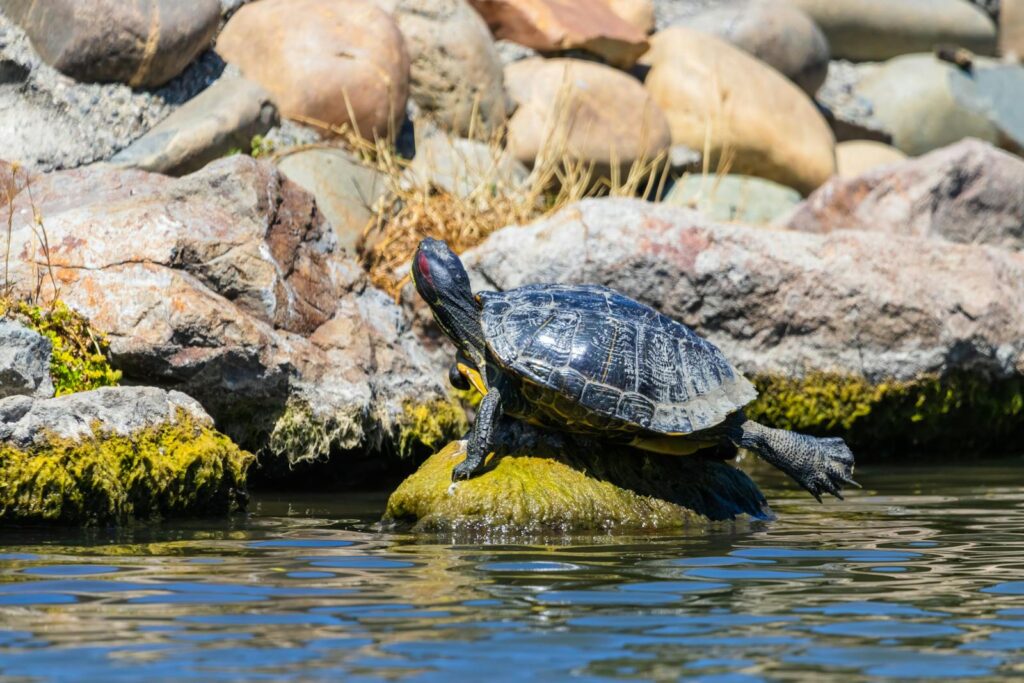
The cloaca of respiratorily specialized turtles is far more complex than it might appear, consisting of several distinct chambers optimized for different functions. The most posterior chamber, called the proctodeum, is typically where most of the respiratory exchange occurs in cloacal-breathing species. This chamber contains elaborate bursae (sac-like structures) lined with thousands of fingerlike projections that dramatically increase the surface area available for gas exchange. The walls of these bursae are extremely thin and richly supplied with blood vessels to facilitate efficient oxygen diffusion. In some species, specialized muscles around the cloaca rhythmically contract to pump water in and out of these chambers, creating a form of aquatic “breathing.” The Australian Fitzroy River turtle has perhaps the most developed cloacal respiratory system, with bursae that can hold up to 15% of the turtle’s total body volume when fully expanded. This intricate anatomical specialization demonstrates the remarkable extent to which evolutionary processes can modify existing structures for new functions.
Balancing Acts: Lungs and Cloacal Respiration
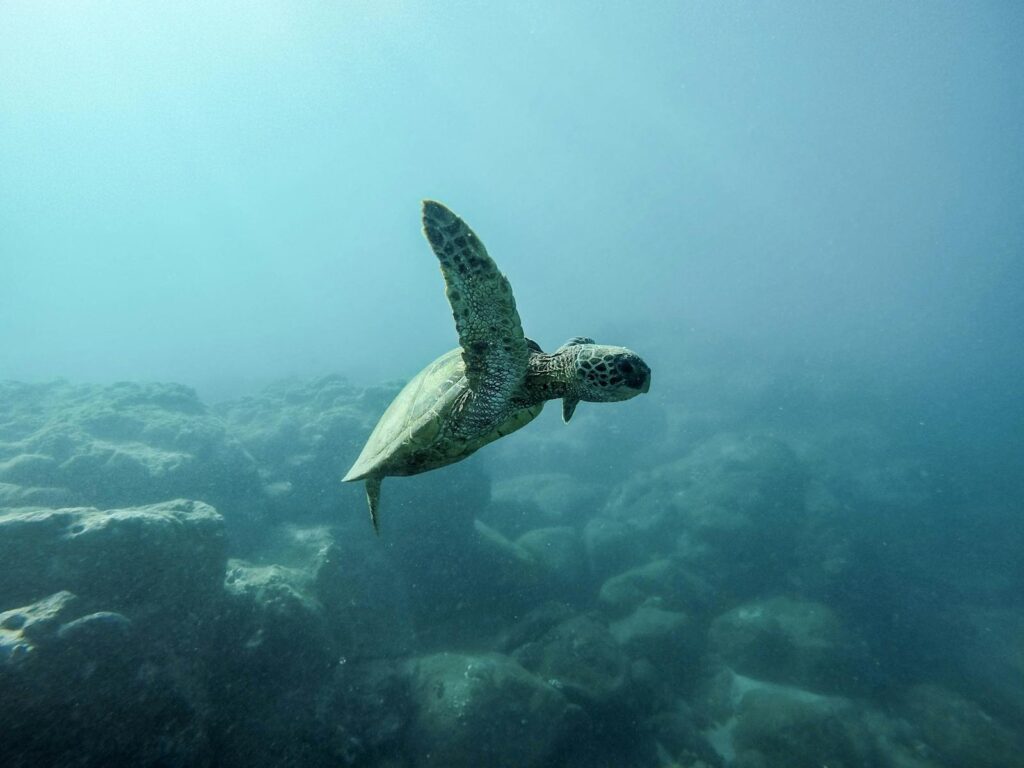
Despite their impressive cloacal respiration capabilities, most of these specialized turtles maintain functional lungs and employ a balanced approach to oxygen acquisition. During warmer months or periods of high activity when oxygen demands increase, they primarily use their lungs for breathing, surfacing regularly to take in air. The cloacal system serves as a supplementary method that becomes increasingly important during cold weather or extended underwater periods. This dual respiratory system provides remarkable flexibility, allowing these turtles to optimize their oxygen intake based on environmental conditions and physiological needs. Some species can shift the proportion of oxygen they obtain from each method, gradually transitioning to greater reliance on cloacal respiration as they enter brumation. Research has shown that juvenile turtles of these species generally have more efficient cloacal respiration systems relative to their body size, likely because their higher metabolic rates and smaller oxygen stores make supplementary oxygen acquisition more critical for underwater survival.
Environmental Factors Affecting Cloacal Respiration
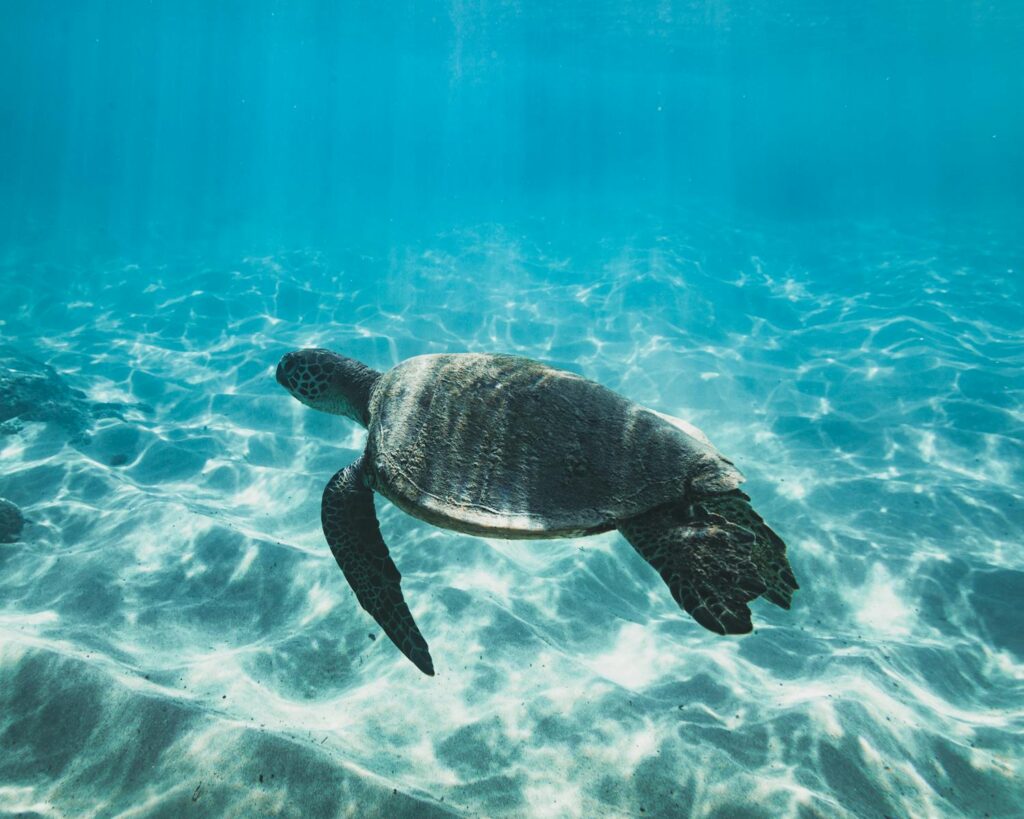
The effectiveness of cloacal respiration is highly dependent on environmental conditions, particularly water quality and oxygen content. Well-oxygenated, flowing water provides optimal conditions for cloacal breathing, which explains why many of these specialized species inhabit rivers and streams rather than stagnant ponds. Water temperature plays a crucial role as well; colder water holds more dissolved oxygen but may reduce the turtle’s metabolic rate and circulatory efficiency. During summer months, warm water with low oxygen levels can create challenging conditions for cloacal-breathing turtles, forcing them to surface more frequently to use their lungs. Environmental pollutants can severely impact these turtles by damaging the delicate tissues of the cloaca or reducing dissolved oxygen levels in the water. Climate change presents a particular threat, as rising water temperatures decrease oxygen solubility while potentially increasing turtles’ metabolic demands, creating a dangerous mismatch between oxygen supply and demand for these specialized respirators.
Research Challenges and Discoveries
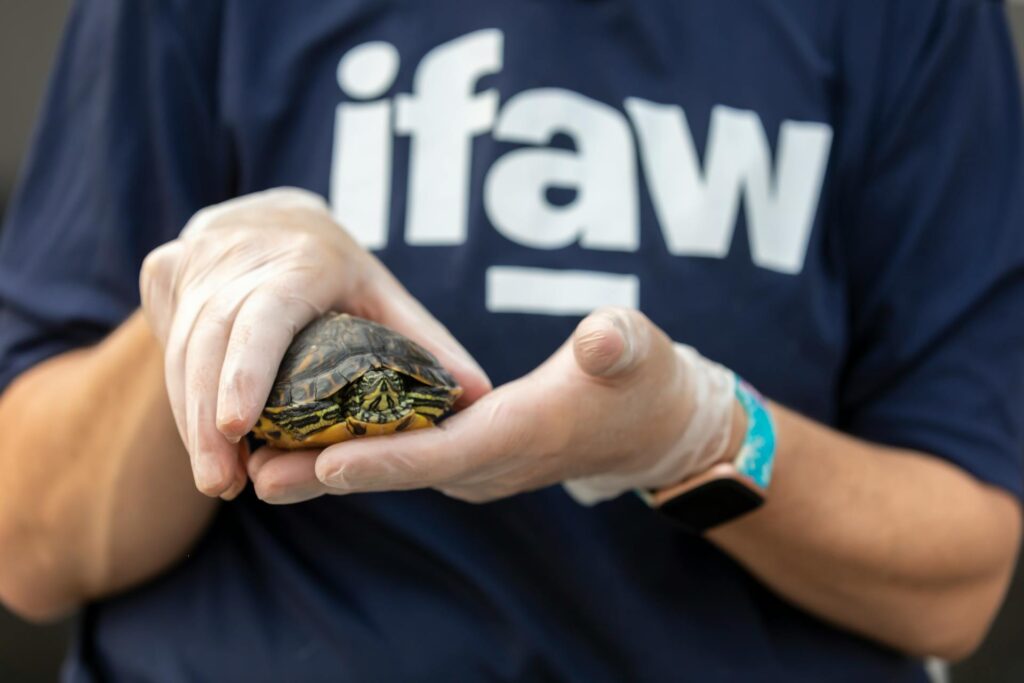
Studying cloacal respiration presents unique challenges to researchers, requiring specialized equipment and techniques to measure oxygen uptake through the cloaca without interfering with the natural process. Early research relied on indirect measurements and observations of turtle behavior, but modern techniques include specialized oxygen sensors and controlled experimental chambers that can distinguish between pulmonary and cloacal respiration. A groundbreaking study in 2021 used fluorescent dyes to visualize the blood flow in the cloacal tissues of Fitzroy River turtles, revealing previously unknown details about the countercurrent exchange mechanism. Scientists have also discovered that some turtles can actively regulate blood flow to their cloacal tissues, increasing perfusion when underwater to maximize oxygen extraction. Recent genetic research has identified specific genes associated with the development of specialized cloacal respiratory tissues, suggesting potential applications in understanding tissue oxygenation in other contexts. Despite these advances, many aspects of cloacal respiration remain poorly understood, particularly how these turtles prevent infection in tissues that serve both digestive and respiratory functions.
Conservation Implications
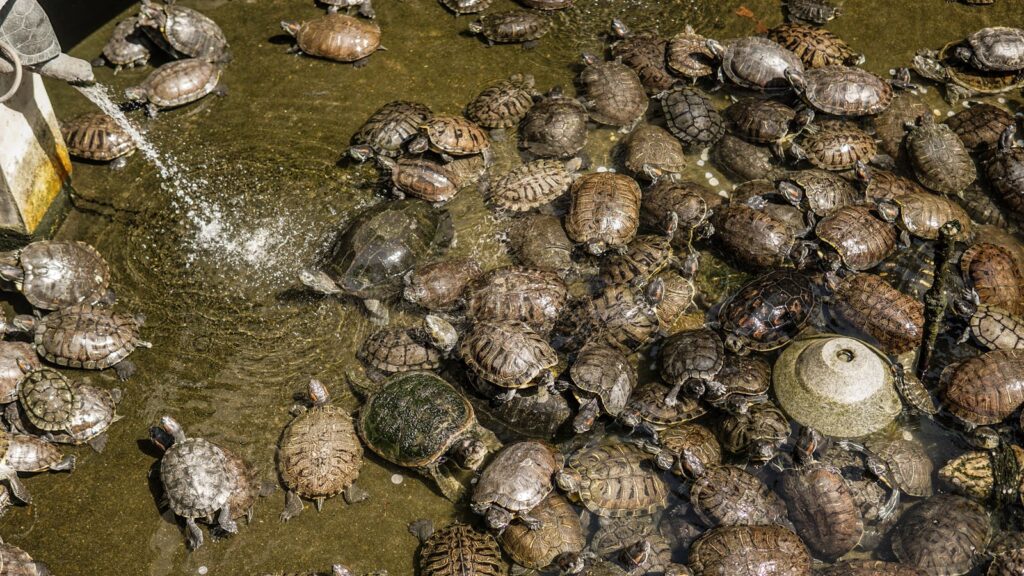
Turtles with cloacal respiration abilities face particular conservation challenges due to their specialized habitat requirements. Many of these species rely on clean, well-oxygenated water for effective respiration, making them especially vulnerable to water pollution and reduced oxygen levels from agricultural runoff or industrial waste. Dam construction represents another significant threat, as it alters water flow patterns and can reduce oxygen content in turtle habitats. The Mary River turtle, one of the champion cloacal breathers, is critically endangered largely due to a dam project that threatened its primary habitat. Conservation efforts must consider the unique respiratory needs of these species, focusing on maintaining water quality and natural flow regimes in their habitats. Climate change adds another layer of concern, as warming waters hold less dissolved oxygen and may compromise the effectiveness of cloacal respiration. Protected area designations specifically for these unique turtles have shown promise in Australia, where several “turtle sanctuaries” preserve critical habitat for cloacal-breathing species.
Butt-Breathing and Popular Science

The concept of turtles breathing through their posterior has captured public imagination, making these species unexpected ambassadors for wildlife conservation and biology education. The Mary River turtle, with its punk-rock appearance and remarkable breathing abilities, has appeared on numerous wildlife documentaries and educational programs, drawing attention to river conservation issues in Australia. The inherently humorous aspect of “butt-breathing” provides science communicators with an engaging entry point to discuss serious topics like evolutionary adaptation and environmental physiology with general audiences. Several children’s books now feature cloacal-breathing turtles as protagonists, using the unusual adaptation to spark young readers’ interest in biology and conservation. Wildlife scientists have embraced this public fascination, with the Turtle Survival Alliance using the Mary River turtle as a flagship species in their campaigns to raise awareness about freshwater ecosystem protection. This demonstrates how even seemingly peculiar biological adaptations can serve as powerful educational tools when presented in accessible ways to non-scientific audiences.
Future Research Directions
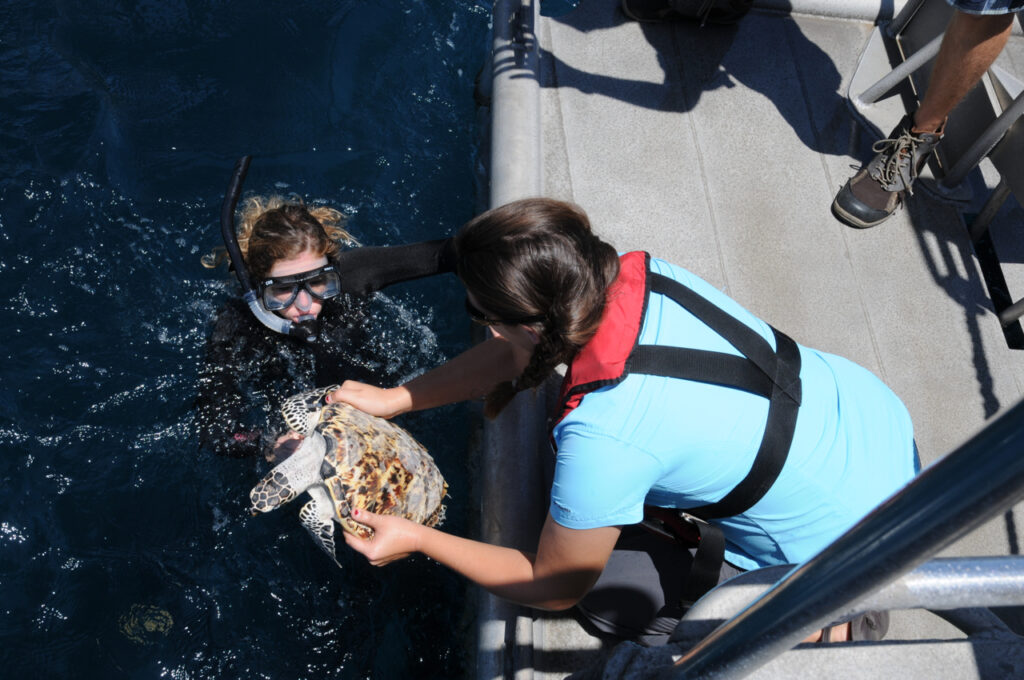
The field of cloacal respiration research continues to evolve, with several promising avenues for future investigation. Scientists are particularly interested in understanding the genetic basis for cloacal respiration development, which could provide insights into how novel respiratory structures evolve. Comparative studies between different turtle species with varying degrees of cloacal respiratory ability may reveal evolutionary pathways and identify transitional forms. Another emerging research area focuses on the microbiome of the cloacal respiratory surfaces, examining how these turtles maintain healthy tissues despite their dual digestive and respiratory functions. Potential biomimetic applications are also being explored; the efficient oxygen extraction mechanisms of these turtles could inspire new designs for underwater breathing apparatus or medical devices for tissue oxygenation. Climate change adaptation studies are particularly urgent, investigating whether these turtles possess the physiological plasticity to adjust their respiratory mechanisms to warming waters with lower oxygen content. Understanding these remarkable adaptations not only illuminates evolutionary processes but may also yield practical applications in both conservation and biomedical fields.
Conclusion
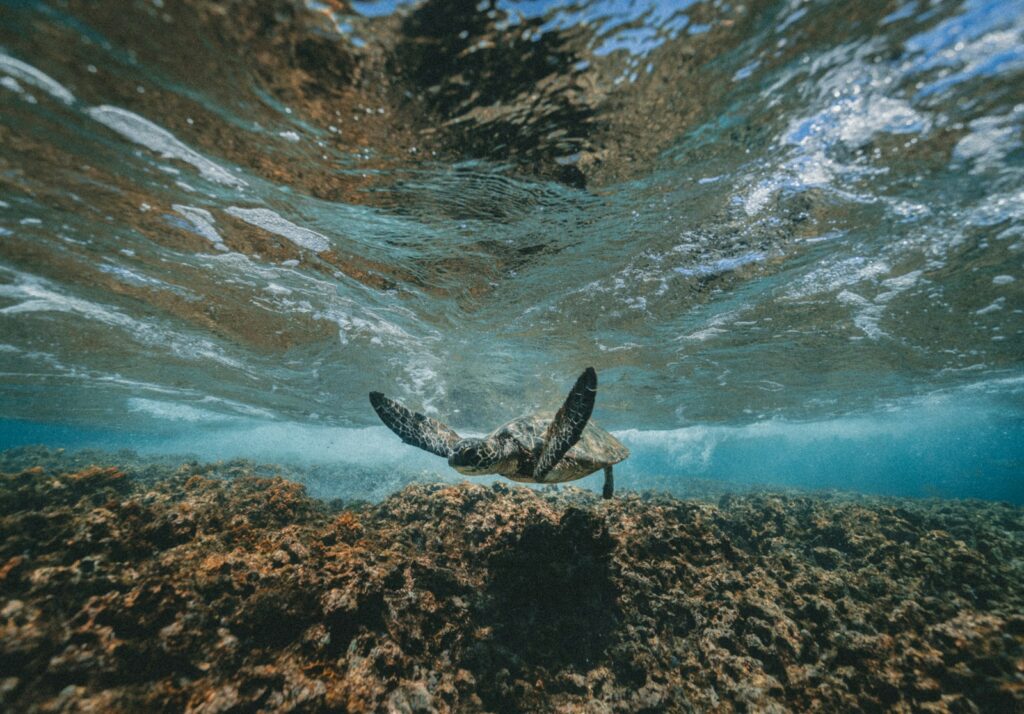
The ability of certain turtles to breathe through their rear ends represents one of nature’s most remarkable evolutionary adaptations. This specialized form of respiration has allowed these species to thrive in aquatic environments for millions of years, highlighting the incredible diversity of solutions that evolution can produce in response to environmental challenges. From the punk-rock Mary River turtle to the cold-tolerant painted turtle, these cloacal breathers demonstrate nature’s ingenuity and the remarkable specialization possible within seemingly simple biological systems. As we continue to study these fascinating creatures, we gain not only scientific knowledge but also valuable insights into the delicate balance between specialized adaptation and vulnerability in a changing world. The story of butt-breathing turtles serves as both a biological marvel and a reminder of our responsibility to protect the unique species with whom we share our planet.

